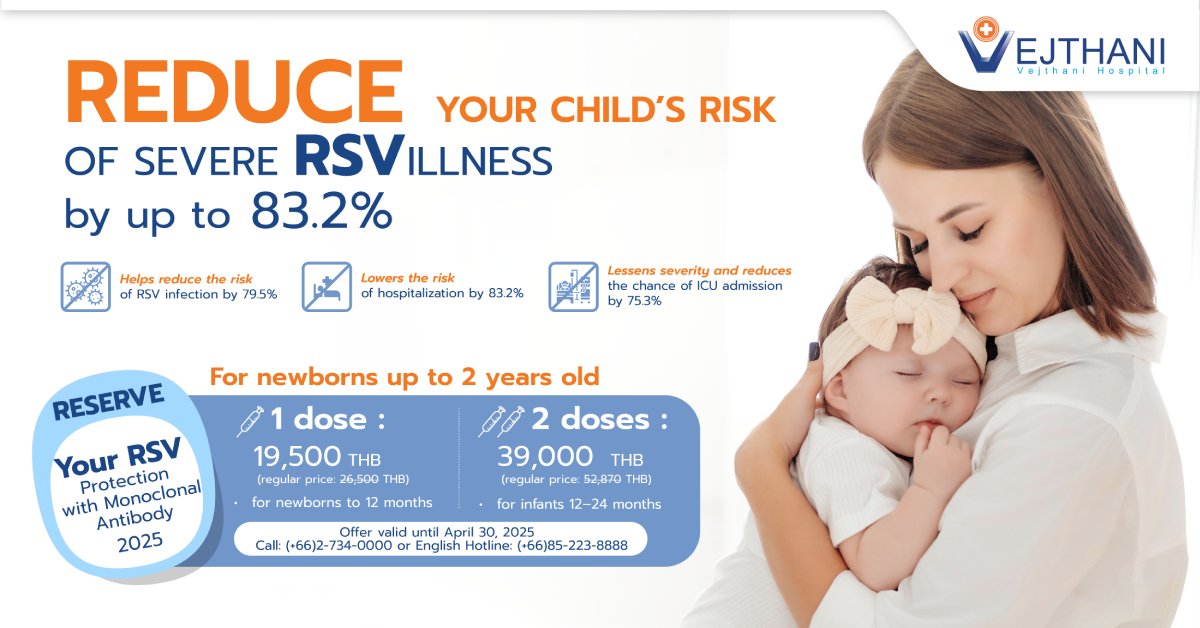
Preeclampsia
Diagnosis
After 20 weeks of pregnancy, if the patient have high blood pressure and at least one of the following signs and symptoms, then they are likely to be diagnosed with preeclampsia.
- Protein in the urine (proteinuria)
- Signs of kidney or liver damage
- Low blood platelet count
- Fluid in the lungs (pulmonary edema)
- New headache that does not go away after taking medication
- Vision disturbances
Healthcare professional will conduct further investigation if the patient have high blood pressure, to assess for any other signs of preeclampsia.
- Blood tests: Blood test will be recommended to evaluate for any signs of kidney and liver damage and if they are functioning normally. The test could also help assess the platelet count.
- Urinalysis: Midstream catch or 24-hour urine sample will be ordered by the healthcare professional to evaluate for any kidney damage.
- Fetal ultrasound: Estimates of the baby’s weight and the amount of fluid in the uterus can be made using the images measures generated during the ultrasound examination. Close monitoring of the growth of the fetus will be recommended by the healthcare professional.
- Nonstress test or biophysical profile: A nonstress test is a quick process that determines how the baby’s heart rate responds to fetal movement.
An ultrasound is used to measure your baby’s respiration, muscle tone, movement, and amniotic fluid volume during a biophysical profile.
Treatment
Preeclampsia is mostly treated by either giving early birth or managing the condition until the proper time for delivery. If the mother is at 37th week or the fetus had been developed, the healthcare professional will induce labor or may perform cesarean section. If the fetus had not developed properly then the treatment will be based on the symptoms of mild preeclampsia until the baby had properly developed for safe delivery.
If the preeclampsia is mild, the healthcare professional may schedule the patient frequently to check on their blood pressure, any changes in the signs or symptoms, and the wellbeing of the unborn child. A daily blood pressure check at home will probably be required for the patient.
If patient have severe preeclampsia then they are required to be admitted at the hospital for monitoring blood pressure and complications that may arise. The development and general health of the infant will be frequently evaluated by the healthcare professional. If the patient have severe preeclampsia, depending on the severity of the problem and the baby’s health and readiness, the doctor may recommend the delivery of the baby before 37 weeks.
The following drugs are frequently used to treat severe preeclampsia:
- Antihypertensive drugs: Medications that lower the blood pressure.
- Anticonvulsant medication: Medications that prevent seizure such as magnesium sulfate.
- Corticosteroids: Medication that promote the development of the baby’s lung prior to delivery.
After giving birth, patients need to be constantly monitoring for any high blood pressure and other preeclampsia symptoms. They will be instructed before they could leave the hospital, when to call an ambulance if they get postpartum preeclampsia symptoms such severe headaches, vision problems, severe abdominal pain, nausea, or vomiting.
Contact Information
service@vejthani.com






















